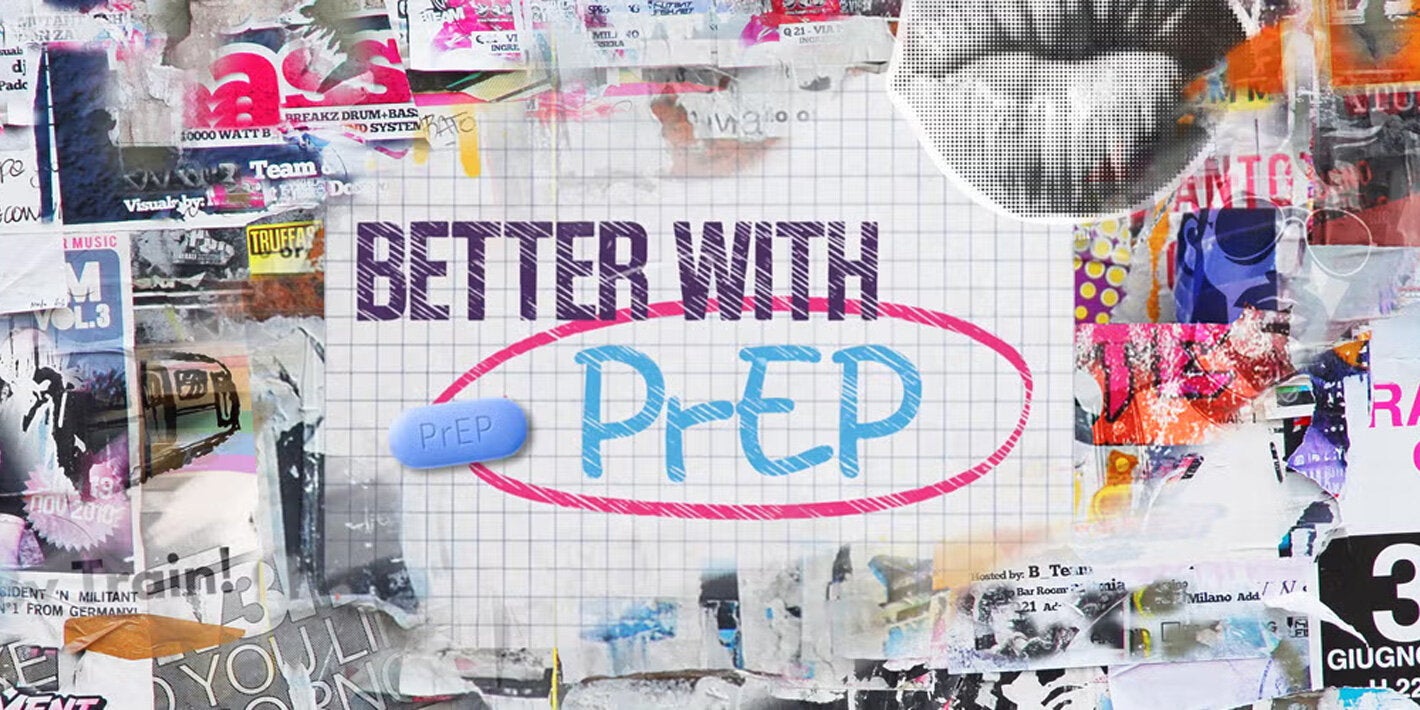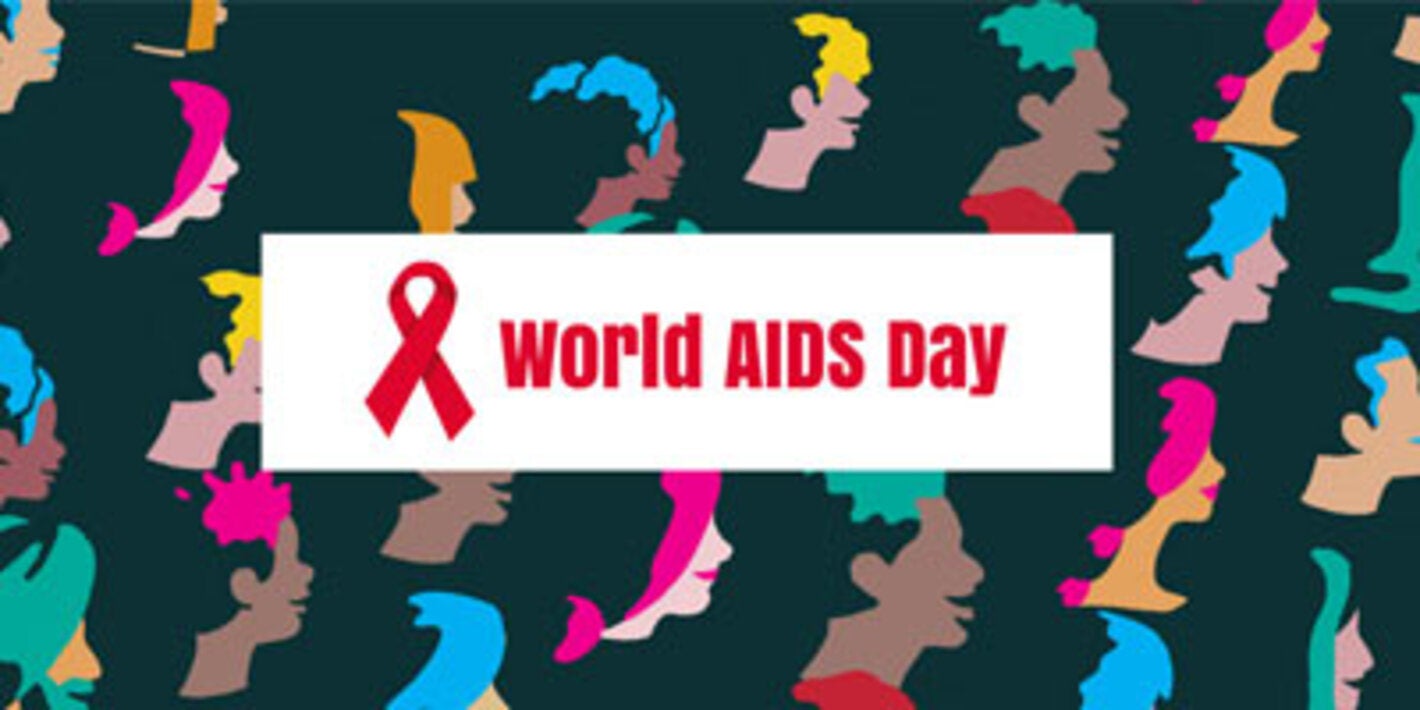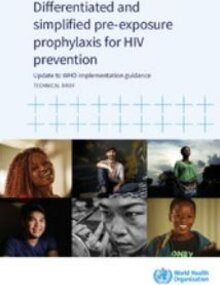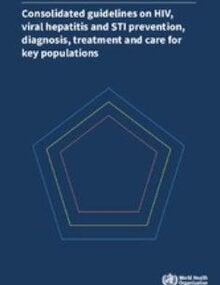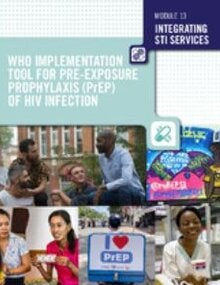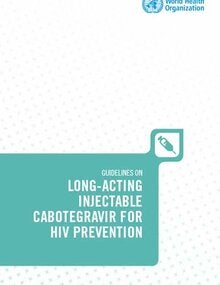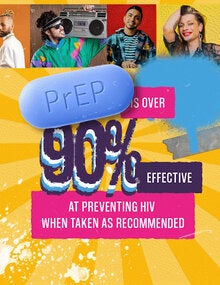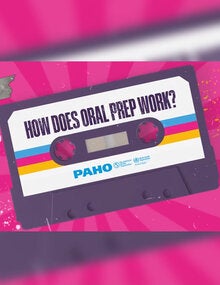SUBMENU
Pre-exposure prophylaxis (PrEP) is a HIV medication that, when used consistently, is 99% effective at stopping HIV from taking hold and spreading in your body after potential exposure. WHO PrEP guidelines currently recommends the use of PrEP taken daily for both men and women who are at substantial risk of acquiring HIV. Daily PrEP use provides the highest amount of medication in the blood and body tissues and, thus, the highest level of protection. If you take PrEP daily, you may still be protected, even if you miss a dose occasionally.
PrEP is highly effective and provides an additional option in preventing HIV infection.
In July 2017, WHO published a tool for implementing PrEP programs with suggestions for the introduction and use of PrEP based on the available evidence and experience. This document includes information not only for clinicians, but for educators and activists, counselors, opinion- makers, pharmacists, regulatory agencies, planners and evaluators, testing providers, PrEP users, and adolescents and young adults.
- In Latin American and the Caribbean countries, by the end of 2019, PrEP was being offered as a public health policy by six countries. In addition, 12 countries were planning to implement PrEP in various modalities of service delivery and sources of funding.
- In 2017 a new target was established at 200,000 persons on PrEP in LAC by 2020.
Substantial risk of HIV infection includes someone in a high HIV prevalence population or geographical location who has had any of the following risk factors in the past six months:
- vaginal or anal sexual intercourse without a condom with more than one partner, OR
- a sexually transmitted infection (STI) by laboratory testing or self-report or syndromic STI treatment, OR
- has used post-exposure prophylaxis (PEP) for sexual exposure in the past six months
In addition, PrEP can protect the HIV-negative partner in a serodiscordant relationship when the HIV-positive partner is either not on antiretroviral therapy (ART) or has not yet achieved viral suppression.
Pre-exposure prophylaxis (PrEP) is when people take an HIV medication to reduce their chance of getting infected while they are at risk of acquiring HIV. WHO currently recommends the use of PrEP taken daily for both men and women who are at substantial risk of acquiring HIV.
- PrEP does not provide 100% protection, but it is highly effective and provides a great deal of protection against HIV. In some recent studies, PrEP has been shown to reduce the risk of HIV infection during sex by 99% when used consistently.
- PrEP is more effective for those who take PrEP regularly (that is, who are adherent) than for those who often miss their daily dose.
- Taking PrEP every day is recommended because daily use of PrEP is effective, safe and the most convenient approach.
Daily PrEP use provides the highest amount of medication in the blood and body tissues and, thus, the highest level of protection. If you take PrEP daily, you may still be protected, even if you miss a dose once in a while. - Time is needed to build up protective levels of the medicine in the blood and other tissues. Additional HIV prevention should be taken for the first seven days when starting PrEP. Ways to lower risk during this period include: adopting safer sexual practices, such as not having vaginal or anal intercourse, or using condoms. It is suggested that PrEP should be continued for 28 days after the last potential exposure to HIV.
PrEP is for people in situations and times in their lives when they may have a high risk of HIV infection. PrEP may offer you a way to help manage your risk of getting HIV. If you think that you are at high risk of HIV infection, and you live in a place or in a community with a high HIV prevalence, there are many reasons why PrEP could be something for you to consider. For example:
- You are not using condoms all the time with all sexual partners.
- You are having or have had sex with more than one sexual partner in a six-month period.
- You have a sexual partner who has other sexual partners and may be likely to have or be at high risk of HIV infection.
- You are having unprotected sex with a person who injects drugs and shares injection equipment with others.
- You inject drugs and share injecting equipment.
- You have sex when drinking alcohol and/or taking recreational drugs.
- You have been told that you have a sexually transmitted infection, such as gonorrhoea, syphilis, chancroid or herpes.
- You have a sex partner who was recently told that he or she has a sexually transmitted infection, including HIV.
- You are having unprotected sex with someone who has HIV and who is not on antiretroviral therapy, or who is on antiretroviral therapy but has not achieved suppression of viral load to undetectable levels.
- You and your sexual partner do not discuss your concerns about HIV, or your partner does not know his/her HIV status.
Most of these risks will be greater in places where HIV prevalence is high.
In addition, members of the following populations may want to learn more about whether PrEP is a good choice for them:
- men and transgender people who have sex with men
- sex workers, especially if not able to use condoms with every sex act
- people with a sexual partner who has HIV (that is, being in a serodiscordant couple) and who is not on antiretroviral therapy and virally suppressed
- people, including adolescent girls and young women, who live in areas with a high HIV incidence
- people who inject drugs.
- PrEP is relatively new. Although an increasing number of clinics are offering it, it may be difficult to find a clinic thatoffers it in your area and in some countries PrEP is not currently available.
- Ask at your local clinic. If they do not know about PrEP, you can show them this publication. You can also ask them to help you find out where you can get it.
- Ask your friends about PrEP and if they know where to get it.
- PrEP does not require the use of condoms to be effective. However, condoms provide additional protection against HIV and protect you from other sexually transmitted infections and unplanned pregnancies:
- PrEP does not prevent sexually transmitted infections, such as syphilis, gonorrhoea, chlamydia and hepatitis.
- Condoms, however, do provide protection against these other infections as well as against HIV, and so they protect your overall sexual health.
- PrEP does not prevent pregnancy. When used consistently, condoms prevent pregnancy. There are many other ways to prevent pregnancy, including oral contraceptive pills and injectable hormones, implants, intrauterine devices.




